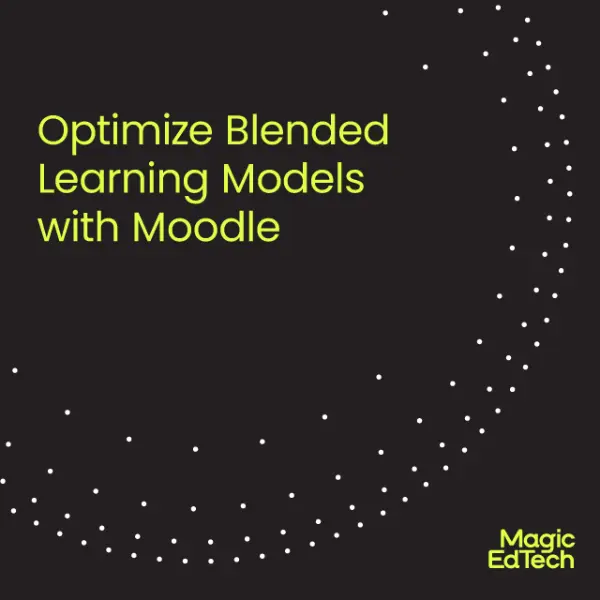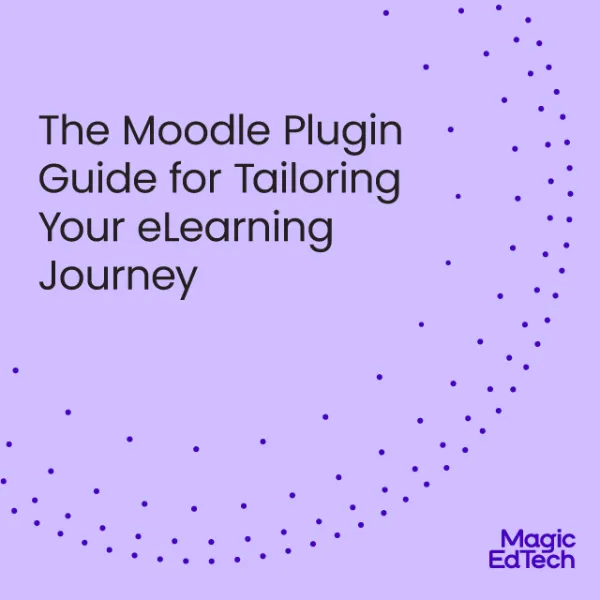How Can Education Leaders Master Data Proficiency
- 10 October, 2023
- Reading Time: 6 mins
Understanding how to help students and improve their learning involves looking at the student as a whole, not just one part of their school experience. Instead of just looking at one type of data, like how well they do on tests, it’s essential to consider all aspects of their education.
Sometimes, comparing different data types can lead teachers to make mistakes and not choose the right way to help a student.
In this blog, we’ll discuss two types of data: “acquisition” and “proficiency” and how teachers can use both to determine the best way to help a student.
What is acquisition vs. proficiency data?
When students learn something new, it happens in stages:
- Acquisition: This is when teachers help students understand new things. Consider it the beginning stage, where teachers show students how to do something.
- Proficiency: Students practice and get good at what they’ve learned after learning. Proficiency involves being able to use what they’ve learned in different situations.
Why are both types of data necessary?
Both data types help us understand how well students are doing in school. They show us where students are strong and where they need help. Teachers can determine the best ways to help each student by looking at both.
Acquisition data tracks how well students are learning new things. It tells us how accurate and good students are at these new skills. This data is personalized to each student, showing where they might struggle.
It helps teachers know if a student needs extra help. The kind of help depends on how far behind the student is and what resources are available.
Different students need different levels of help. If a student’s acquisition data shows they’re not doing well and making many mistakes, they might need extra help to learn the basics first. Teachers use data to decide whether to focus on accuracy or speed in learning.
How Technology Enhances Data Collection, Storage, and Analysis
The COVID-19 pandemic has significantly changed higher education, particularly with the widespread adoption of online and hybrid learning. This period saw the introduction of learning management systems (LMS) and student information systems (SIS) that are still used in education today.
However, gaps remained in these solutions, and siloed data systems could have helped scalability and strategic decision-making. The pandemic accelerated the adoption of next-generation edtech as institutions transitioned to fully online instruction.
Today, data takes center stage in education, with institutions seeking holistic approaches to technology adoption. They are turning to edtech partners that offer cloud-based systems, data lakes, and privacy-secure solutions to gain comprehensive insights into student profiles and behavior.
To make informed decisions about technology adoption, universities should consider EdTech systems that can scale for future growth while supporting a holistic view of learner data.
Student data is any information collected from students in an educational context that informs teaching, learning, and decision-making processes. It includes a wide range of information, including:
- Academic Data: This includes data related to students’ academic performance, such as grades, test scores, attendance records, and class participation.
- Behavioral Data: This includes information about students’ behavior, discipline records, and attendance patterns.
- Demographic Data: This includes details about students’ backgrounds, such as age, gender, ethnicity, socioeconomic status, and language proficiency.
- Health and Wellness Data: Information about students’ physical and mental health, including medical records, counseling sessions, and wellness assessments.
- Special Education Data: Data related to students with disabilities, including Individualized Education Programs (IEPs), assessments, and accommodations.
- Assessment Data: Results from standardized tests, formative assessments, and summative assessments used to measure student learning and progress.
- Social and Emotional Learning Data: Information about students’ social and emotional well-being, including surveys, self-assessment tools, and behavior.
- Survey Data: Responses to surveys and questionnaires administered to gather insights into students’ perceptions, attitudes, and experiences.
- Attendance Data: Records of students’ attendance, tardiness, and absenteeism.
- Extracurricular and Co-Curricular Data: Information about students’ involvement in clubs, sports, and other extracurricular activities.
Methods For Collecting Data And Analyzing It to Draw Meaningful Insights
Collecting and analyzing learning data in education is essential for making informed decisions, enhancing teaching methods, and improving student outcomes. Here are methods for collecting data and steps to analyze and derive meaningful insights from educational data:
- Surveys and Questions: We can ask students, teachers, and parents questions about school. This helps us know what’s working and what needs improvement.
- Tests and Assignments: We can look at students’ tests and assignments in class. This helps us see how well they’re learning.
- Watching in Class: Sometimes, we can just watch what happens in the classroom. This helps us see if students are paying attention and how they behave.
- Attendance and Participation: We can also check if students attend class regularly and actively participate.
- Online Learning Data: If students use computers for learning, we can see how they interact with online lessons and materials.
- Feedback: Students can share their thoughts about school, like what they like or don’t like.
- Learning Apps: When students use educational apps, we can track what they do on these apps.
Once you have all this information, you analyze the data to make sense of it. Here are a few steps you can follow for analysis.
- Cleaning Data: First, we ensure the data is accurate and has no mistakes.
- Looking at Numbers: We use numbers like averages and percentages to understand the data better.
- Pictures and Graphs: We can make pictures like graphs and charts to show the information more clearly.
- Seeing Relationships: We check for connections between different things. For example, does coming to class regularly relate to better grades?
- Testing Ideas: We use some math tests to see if what we find is real or just luck.
- Predicting the Future: We can use computers to guess what might happen based on what we know from the past.
- Grouping Students: Sometimes, we group students who are similar in how they learn. This helps teachers teach them better.
- Reading What’s Written: If students write about their feelings or thoughts, we can use computers to understand what they say.
Strategies For Integrating Learning Analytics Into Curriculum Planning And Classroom Instruction.
Teachers and schools have always used data in some way, like keeping grades and looking at test scores. But today, technology helps us use data even more to improve teaching. Let’s see how data can help teachers and students:
Real-Time Feedback
Teachers can use tools to see how students are doing during a lesson. They can adjust their teaching right away based on this feedback.
Addressing Inequalities
Many students from low-income families have different opportunities than others. By looking at data, researchers can see how nutrition and pre-K programs affect these students. This helps schools and leaders make better choices to close these gaps.
How People Use Data
Teachers use data daily to understand students and change their lessons. Schools also use tests, attendance, and behavior data to make decisions. Collaboration among teachers and administrators is crucial for success.
Tips for Using Data:
- Look at past data to understand what students know and where they need help.
- Use different types of data, like test scores and student surveys.
- Understand what data can and can’t tell you.
- Watch for unexpected trends and patterns in student behavior.
- Use data tools like electronic grade books and apps.
- Create new lessons based on what the data tells you.
- Use data to improve student performance and address problems.
- Use data to improve student performance and address problems.
- Be cautious when interpreting data, as not all situations are identical.
- Visualize data to share it effectively.
- Use data to plan for the future, like budgeting for supplies.
Teachers and students will continue to benefit from data and analytics. Teachers can use new tools to work efficiently and help students do better. Using data and understanding social justice issues will help teachers make education fairer for all students.
Final Thoughts
Being data proficient is not a choice but a necessity. Institutions must master the capability of leveraging data-driven decision-making to drive positive outcomes for students and the entire learning community.
Also, data is a powerful tool in education, and using it wisely can lead to better teaching practices and student outcomes. To collect and manage data effectively, educators must
- Define their goals
- Choose appropriate data sources and tools
- Follow ethical standards
- Collaborate with stakeholders
- Continuously learn and improve their data practices
At Magic EdTech, we understand the significance of data-driven decision-making in education. We have the expertise and solutions to support the institution’s data proficiency journey. Reach out to us today to learn how we can help you become data-proficient and achieve your educational goals.
Know of any other details that we missed in this article? Please share your thoughts in the comments below. If you found this post helpful, share it with your friends on social media today!





